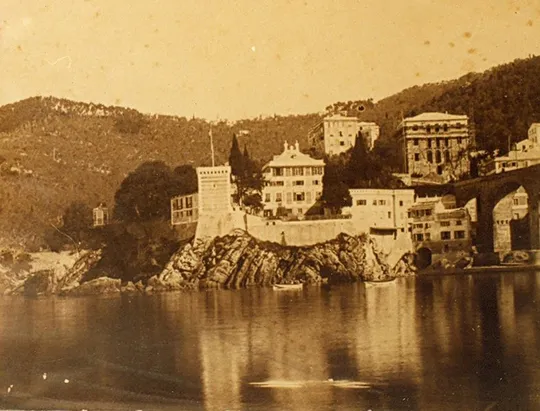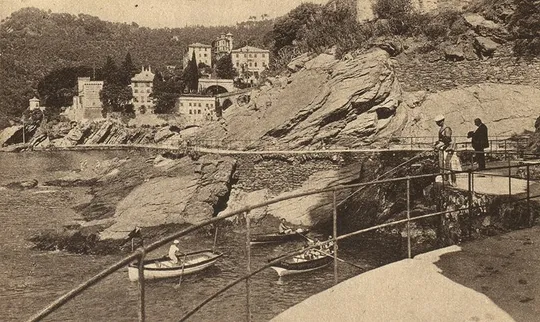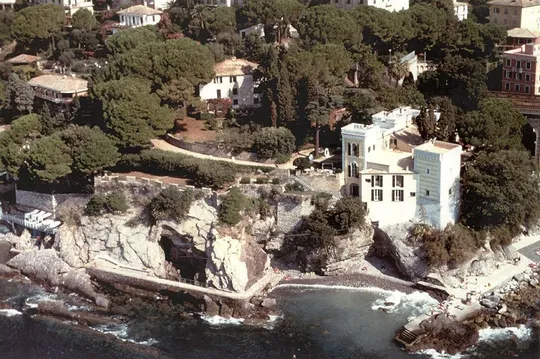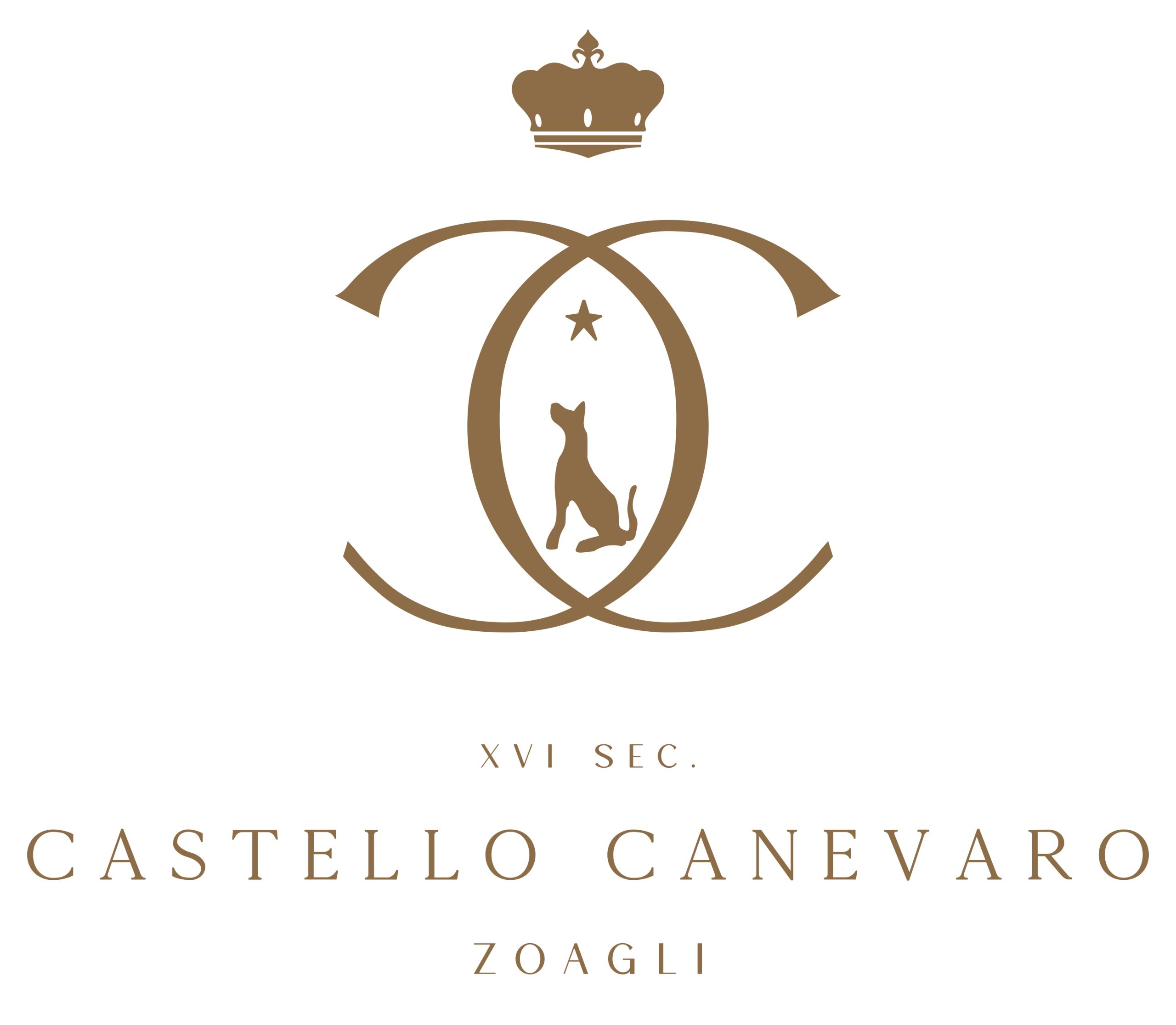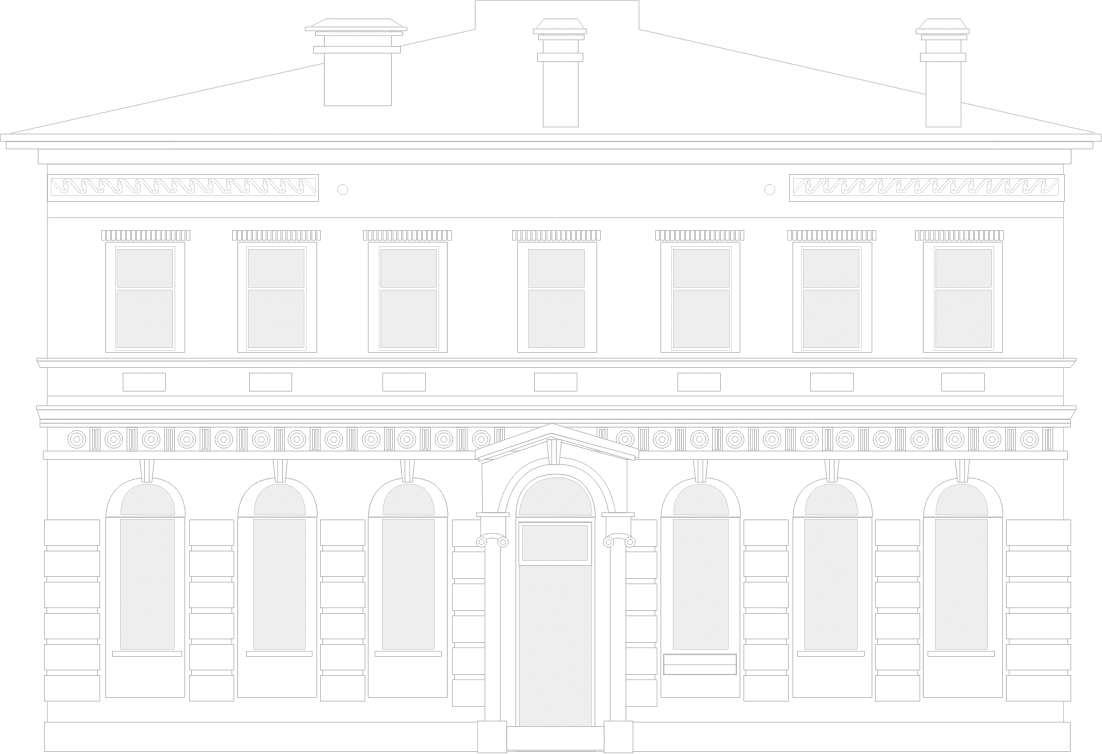Castle for outdoor weddings in Zoagli, Liguria
Castello Canevaro
The Canevaro Castle, historic residence of the family of the Dukes Canevaro of Zoagli, is now open for events of various kinds: wedding banquets, anniversaries, meetings, chamber concerts, exhibitions, yoga, pilates, painting courses and much more. Overlooking a magnificent promontory in the heart of the Gulf of Tigullio, surrounded by the sea on three sides and immersed in a three-hectare park, the Castle offers an extraordinary setting to host both outdoor and indoor events
The first Duke of Zoagi, Giuseppe Canevaro, bought the Villa with the Tower of 1550 from the Malfanti Spinola. Subsequently the building underwent various transformations. A wing was first built towards the hill behind and two turrets with Guelph merlons were raised on the sides of the facade, in line with the neo-Renaissance architecture of the time. After the bombings, in 1943 the central body was rebuilt to a lesser extent, highlighting the 1547 Tower, a masterpiece of fortification architecture inspired by the Giuliano San Gallo module, which in those years operated in Savona for the Della Rovere family.
History
The Canevaro Family
Giuseppe Canevaro nasce a Zoagli nel 1803 in una famiglia di modeste condizioni. All’età di otto anni inizia a navigare col padre, il capitano Giacomo, e a dodici si imbarca sul Calipso alla volta di Cuba. A vent’anni è capitano di un bastimento e si trasferisce a Lima, poi nel 1830 sposa Francesca Valega, dalla quale avrà dodici figli.
Nel 1849 quando scoppia la Prima Guerra d’Indipendenza, Giuseppe Canevaro manda del denaro per aiutare il Regno di Sardegna e viene inserito da Vittorio Emanuele II nell’Ordine dei Cavalieri dei Santi Maurizio e Lazzaro.



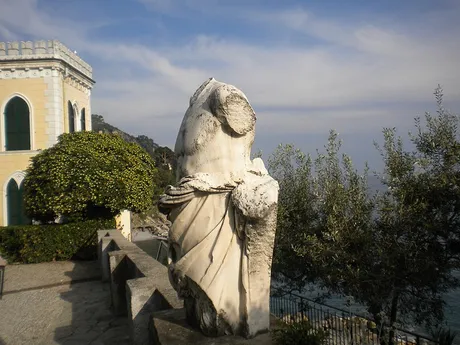
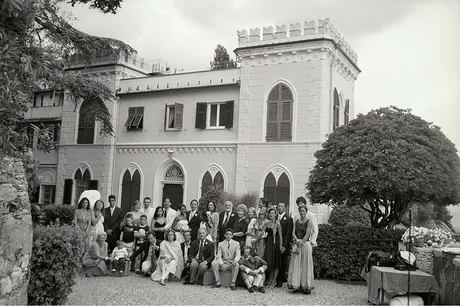
history
The Canevaro Castle
The architectural complex of the Castello Canevaro, in Zoagli, was born and developed over the centuries around the construction of the sighting tower of 1550.
The second phase historically coincides with the presence on the ground, already in 1640, of a block building, of a typically “Alessian” style, as defined in the specific bibliography.
The fortification and the Palace (or Villa), taken over by Matteo Vinzoni, was built in 1773. The painter PD Cambiaso will include it in his nineteenth-century views of the Riviera di Levante.
In 1899 the complex of the Canevaro Castle, in which the elevations of the Tower and the ancient Palazzo Padronale were redesigned in the main facade to the west, was enriched by the introduction of two eclectic taste towers.
